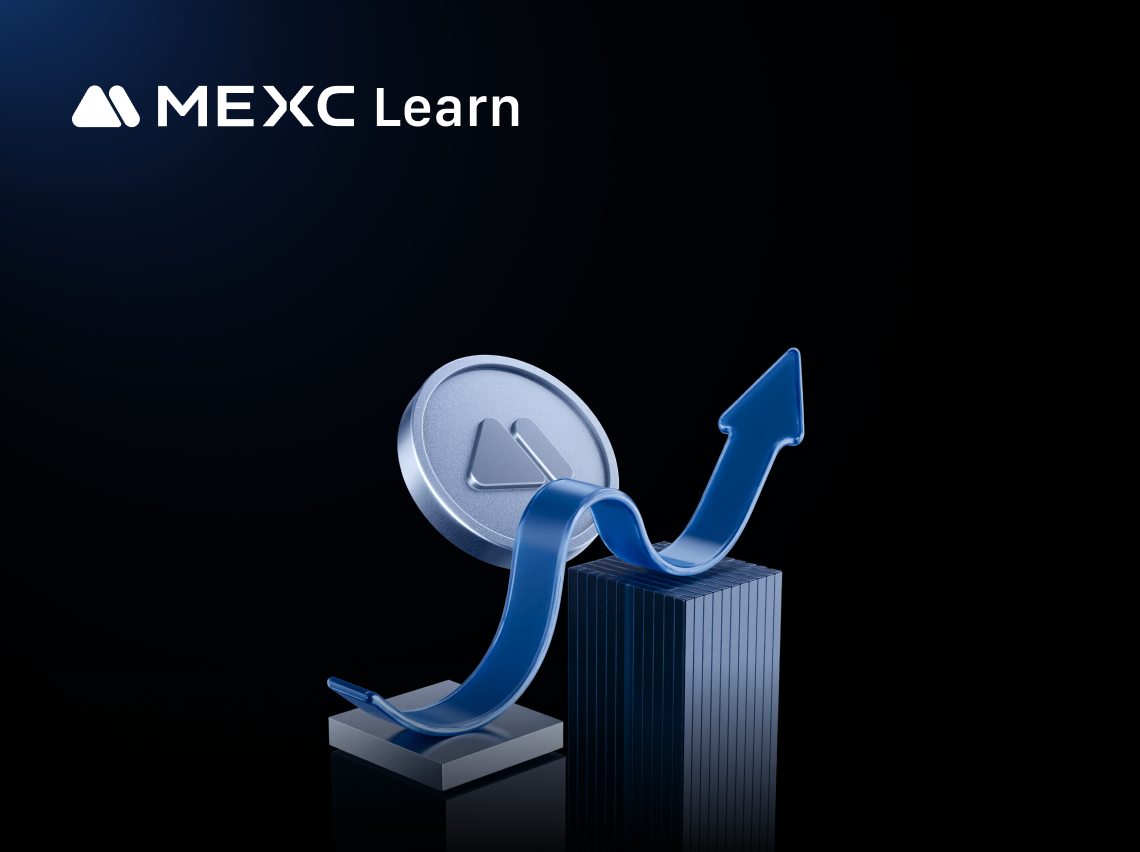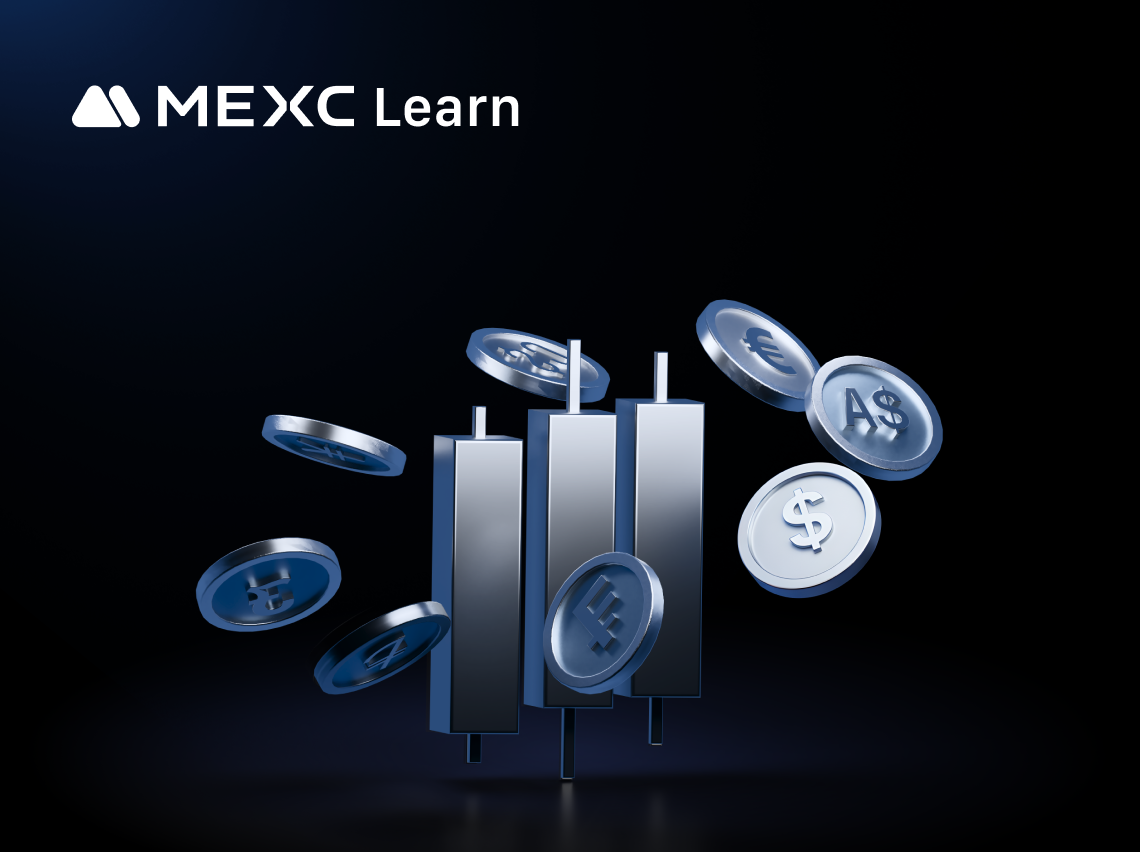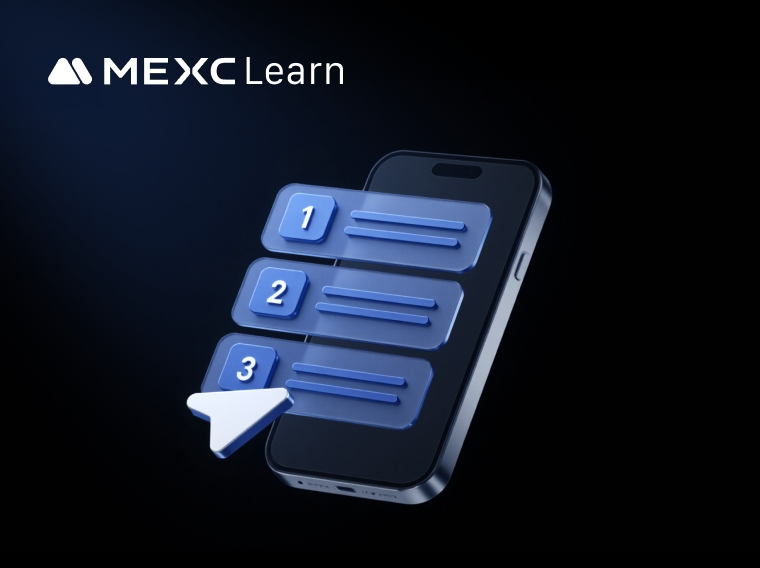In 2025, the crypto market faces both booming enthusiasm and significant risks. Hacker attacks, phishing scams, and price manipulation have made investing a precarious endeavor for ordinary users—one misstep could wipe out their assets. According to CertiK data from June, the crypto sector has suffered cumulative losses exceeding $2.1 billion this year alone. Among these, a single hacker attack on Bybit resulted in $1.46 billion stolen, marking the largest loss in Web3 history. BitoPro also faced a $11.5 million loss during a wallet system upgrade. Numerous personal wallets have been repeatedly targeted and compromised, raising serious concerns about overall market security.
In such a perilous environment, how can ordinary users effectively safeguard their assets? Exchange risk control mechanisms provide a robust shield, protecting platform stability while directly ensuring user asset safety and fair trading.
What is risk control? Simply put, it acts as the exchange’s “digital firewall,” using technical and procedural measures to defend against threats such as hacking, fraud, and money laundering, ensuring stable platform operation and the safety of user assets. Risk control can be viewed broadly or narrowly: broadly, it covers overall platform security—mitigating financial risks (e.g., market volatility), technical risks (e.g., system failures), compliance risks (e.g., violations of FATF AML requirements), and operational risks; narrowly, it focuses on specific measures protecting user transactions and assets, providing precise defenses against fraud and illegal activities.
From a narrow perspective, core risk control measures include:
KYC (Know Your Customer): Verifying identity information (e.g., name, ID) to prevent anonymous accounts from engaging in illicit activities, acting as an “identity lock” for accounts. AML (Anti-Money Laundering): Detecting, monitoring, and tracking suspicious fund flows (e.g., unusual large transfers), serving as a “security checkpoint” for transactions.
Real-time Transaction Monitoring: Using algorithms to detect abnormal behaviors (e.g., wash trading, insider trading) to ensure fair trading and prevent manipulation.
Asset Security: Strengthening fund protection through cold and hot wallet separation, multi-signature technology, and regular audits.
Account Security: Enforcing two-factor authentication (2FA) and phishing link interception to effectively prevent account theft.
All these measures strictly comply with global AML/FATF standards, safeguarding every user asset and transaction.
In 2025, malicious activities within the cryptocurrency market have escalated significantly. According to MEXC’s Q1 report, the platform experienced a 200% increase in trading-related fraud, predominantly involving market manipulation, wash trading, and automated bot operations. For example, groups artificially pump low-market-cap tokens on other exchanges to create price gaps with MEXC, luring retail investors into opening high-leverage long positions on MEXC, only to then sell off, causing price crashes and liquidations of legitimate users. The groups profit from this arbitrage.
Meanwhile, user growth in emerging markets such as India and Indonesia is rapid, but financial literacy and platform usage skills lag behind. For instance, the 2025 report from India’s National Centre for Financial Education reveals only 27% of Indian adults possess basic financial literacy, far below the global average of 42%. This knowledge gap makes many users vulnerable targets for scams, such as being coaxed into revealing private keys in Telegram groups disguised as investment advisory channels.
In response to these threats, MEXC implements dynamic risk control strategies within a framework compliant with global regulatory standards, leveraging AI technology to monitor transactions in real time and activating protection mechanisms upon detecting anomalies. These risk control measures form a critical barrier safeguarding users’ asset security.
1. Asset Protection: Defending Against Hacks and Fraud
Have you ever received a phishing email disguised as exchange support, clicked a fake website link, and instantly lost your funds? Hackers use ever-evolving tactics to trick users into revealing wallet private keys or Exchange login credentials. According to Chainalysis, 43.8% of crypto losses in 2024 stemmed from private key leaks. These attacks target both individual users and centralized or decentralized platforms, often resulting in severe, irreparable losses.
To comprehensively protect user accounts and funds, MEXC has established a multi-layered defense system. AI behavior analysis monitors login IPs, devices, and suspicious link clicks in real time, automatically locking and manually reviewing risky accounts. The platform encourages users to enable 2FA and incorporates phishing email filtering to block credential leaks. Additionally, MEXC uses cold and hot wallet separation along with multi-signature mechanisms to ensure overall fund security.
2. Market Fairness: Preventing Manipulation and Fraud
Chasing a “moonshot” token only to find it’s a manipulation trap? Manipulators accumulate low-liquidity tokens, spread false positive news via social media or groups, pump prices rapidly, then dump at the peak—leaving retail investors to suffer heavy losses. This is the classic “pump and dump.” Another common tactic is wash trading, where scammers buy and sell to themselves, creating fake volumes and the illusion of a hot token to lure investors. Unsuspecting users buy in, only to find no real demand and suffer losses.
MEXC employs advanced AI trading surveillance algorithms to detect abnormal price fluctuations and cyclic trading patterns in real time. Upon identifying suspicious activity, the platform swiftly restricts suspicious accounts or suspends trading pairs in accordance with global AML standards and FATF guidelines. These strict risk controls ensure prices reflect genuine supply and demand, fostering a fair and transparent investment environment while protecting users from manipulation.
3. Compliance Assurance: Isolating Legal and Regulatory Risks
Due to anonymity and cross-border features, crypto assets are often exploited for money laundering: hackers steal funds from other platforms or wallets, then transfer to legitimate exchanges, repeatedly trading or converting to fiat to “clean” the money. If exchanges fail to intercept in time, regulators may deem them illegal money transit points, leading to heavy penalties. Worse, innocent users transacting with tainted funds risk investigations or asset freezes.
MEXC utilizes real-time on-chain analytics to monitor suspicious addresses and fund flows 24/7. Upon detecting hacker loot, dark web transactions, or high-risk region fund movements, assets are immediately frozen and reported to regulators, cutting off illicit fund circulation. This rigorous compliance approach minimizes regulatory penalties for the platform and protects regular users from inadvertent involvement in money laundering investigations. Users can trade confidently, without fearing their assets will be unintentionally linked to stolen funds or illicit activities.
As the scale and complexity of crypto asset trading continue to rise, the market faces increasing threats from hacking, trading fraud, and compliance risks. A robust risk control system serves not only as the first line of defense against technical and fraudulent threats but also as the cornerstone for maintaining market fairness, protecting user funds, and ensuring compliant operations. For investors, choosing a platform with strong risk management capabilities minimizes risks of technical failures and financial loss while providing a secure, transparent, and compliant environment for confident decision-making, enabling stable trading and long-term investment.
The risk control model of trading platforms is dynamic and complex, but its core goal remains to identify and prevent actions that undermine market fairness and security. According to exchange rules, the following five types of behaviors are considered “high-risk operations” that most commonly trigger alerts for users:
1.Wash Trading / Self-Trading Between Linked Accounts: This is the most typical manipulation tactic. For example, a user controls multiple accounts (often identified through the same IP address, shared funding sources, or synchronized trading behavior) and trades between them to create fake volume and activity on the charts—especially on small tokens. This misleads uninformed retail investors into buying at inflated prices, allowing manipulators to sell at a profit, directly harming ordinary users.
2. Spoofing (Frequent Large Order Placement and Cancellation): Traders place large buy or sell orders at specific price levels to create false support or resistance, luring other participants to follow. When the price moves favorably or a matching order is about to execute, the large order is quickly canceled. This “bluffing” strategy exploits capital advantages to mislead the market, often causing regular users to buy high or sell low, incurring losses.
3. Pump and Dump Schemes: Organized groups accumulate tokens at low prices and aggressively promote them via social media or other channels to attract retail investors to buy at inflated prices. They then sell all holdings at the peak, causing prices to crash and leaving retail investors with losses.
4. Abnormal Algorithmic Trading: Abuse of automated trading by sending requests at extremely high frequency, placing excessive load on servers, or exploiting minor platform delays or vulnerabilities to gain unfair arbitrage profits.
5. Suspicious Asset Movements (AML Risks): If an account receives “dirty money” from darknet markets, mixers, or known stolen addresses, or disperses large amounts to multiple high-risk addresses, the platform’s Anti-Money Laundering (AML) system will immediately raise an alert.
Let's take the following as a case study. Imagine a user, A, who seeks high commission rebates and trading rank rewards by purchasing someone else's identity through an intermediary to register an account on MEXC, then employs a quant team to execute algorithmic wash trading. Soon, the account triggers risk controls due to abnormal trading volume, resulting in withdrawal restrictions and identity verification requests. Unable to provide genuine information, the user attempts to register a new account and secretly transfer assets through self-trading between the two accounts. At this point, the risk control system may detect linked behavior and freeze both accounts.
This case is just the tip of the iceberg. In reality, various trading patterns—from high-frequency arbitrage and multi-account wash trading to complex combined strategies—may challenge the boundaries of risk controls. This creates a dilemma for exchanges facing malicious accusations. On one hand, the principles and details of risk control models are core platform secrets; revealing too much would be like handing a “cheat sheet” to individuals or groups intent on breaking the rules, enabling them to evade detection precisely. On the other hand, strict risk controls are the lifeline for protecting overall user interests and maintaining market fairness, a responsibility that platforms cannot and must not compromise.
When facing risk control issues, the platform typically implements measures such as account restrictions, fund freezes, and profit rollbacks. These actions are underpinned by three fundamental reasons:
1. Maintaining Market Order: When behaviors like wash trading or malicious order placement and cancellation occur, they artificially distort market prices and depth. As the market organizer, the platform has an undeniable responsibility to intervene. Intercepting suspicious orders, restricting trading, and freezing assets are necessary to prevent broader damage.
2. Recovering Ill-Gotten Gains and Protecting Users: In rare cases of severe violations that significantly impact market fairness, the platform may apply rollback measures to cancel the offending trades and any profits derived from them. This is an ultimate protective step to ensure manipulators cannot profit from malicious conduct, thereby preserving market integrity.
3. Preventing Asset Misappropriation and Money Laundering: Freezing funds is often driven by both security and compliance considerations. When the platform suspects an account is involved in fraud, theft, or money laundering, freezing funds prevents rapid asset transfers, allowing time for further investigation.
In summary, MEXC’s actions to restrict accounts, freeze funds, or roll back profits are not intended to “penalize users” but are measures aimed at maintaining market health and regulatory compliance. Such risk control enforcement safeguards the interests of the majority of users and fosters a more stable and trustworthy trading environment. As the crypto industry matures, these risk management practices have become an essential part of exchange operations.
When you receive a risk control notification from MEXC or notice that certain account functions are restricted, it is crucial to respond appropriately and promptly. The following steps can serve as a guide:
Step 1: Stay calm and conduct a self-check. Carefully read the internal message, email, or pop-up notification from MEXC to understand which specific functions have been restricted due to risk control. Review your recent trading activities and fund movements against common triggering causes mentioned earlier. Are there any actions that might have been misunderstood by the system? Is your fund source clear and traceable? Have you participated in any high-risk community calls? An honest self-assessment is the first step toward resolving the issue.
Step 2: Follow instructions to apply for risk control removal. In most cases, MEXC will request additional documentation. You can find the “Account Risk Control Review” entry in the Help Center on the official website or app. Complete the required forms and upload the necessary documents as prompted. Following this step-by-step process is essential for lifting the restrictions. After submission, the risk control team will need time to review and analyze the materials.
Step 3: Cooperate with advanced KYC verification. In certain cases, the platform may require further verification, such as completing advanced identity authentication and providing extra documents to remove restrictions. When risk control is triggered, the exchange’s primary task is to eliminate serious compliance risks such as money laundering or fraud, which may include video verification to confirm that the account holder is the actual owner.
It is important to note that MEXC’s risk control system has a false positive rate below 0.1%. Moreover, the platform has dedicated teams and appeal channels to handle legitimate users mistakenly affected, committing to prioritize and resolve such cases promptly.
Rather than passively responding after risk control measures are triggered, it is better to proactively avoid risks during daily trading. While the exchange’s risk control system serves as an external defense, a user’s own risk awareness and security habits form the first and most crucial line of defense for personal assets.
1. Cultivating Responsible Trading Behavior
Legitimate trading behavior is fundamental to avoiding risk control triggers. Please steer clear of the following gray areas:
Reject “Insider Trading”: Do not participate in any preemptive trades based on insider information or project-related privileges.
Avoid “Signal Groups”: Be cautious of social media groups promising unrealistic returns or promoting dubious projects; don’t become fuel for pump-and-dump schemes.
Use APIs Compliantly: If using trading bots, ensure their strategy complies with regulations, avoid aggressive order placing and canceling, and set API key permissions responsibly.
2. The “Three Key Steps” to Account Security
Strong Password + Google Authenticator (2FA): This is the cornerstone of account security. Never reuse your exchange password on other sites and always enable Google two-factor authentication.
Phishing Awareness: Always access the site through official channels and remain vigilant against any requests for passwords or verification codes via private messages or emails. MEXC’s risk control and Customer Service will never ask for your private keys or passwords.
Withdrawal Whitelist: Enable the withdrawal whitelist feature and add your commonly used addresses. Even if your account is compromised, thieves will not be able to withdraw assets to unknown addresses.
In summary, a mature exchange risk control system’s primary goal is not to restrict users but to build a robust security barrier that protects the vast majority of users’ assets from market manipulation, financial crime, and systemic risks. On one hand, the platform must continuously enhance its risk control capabilities to safeguard user assets and maintain market fairness; on the other hand, users must establish strong personal security defenses. Only through this dual effort can we move toward a safer crypto future.

















